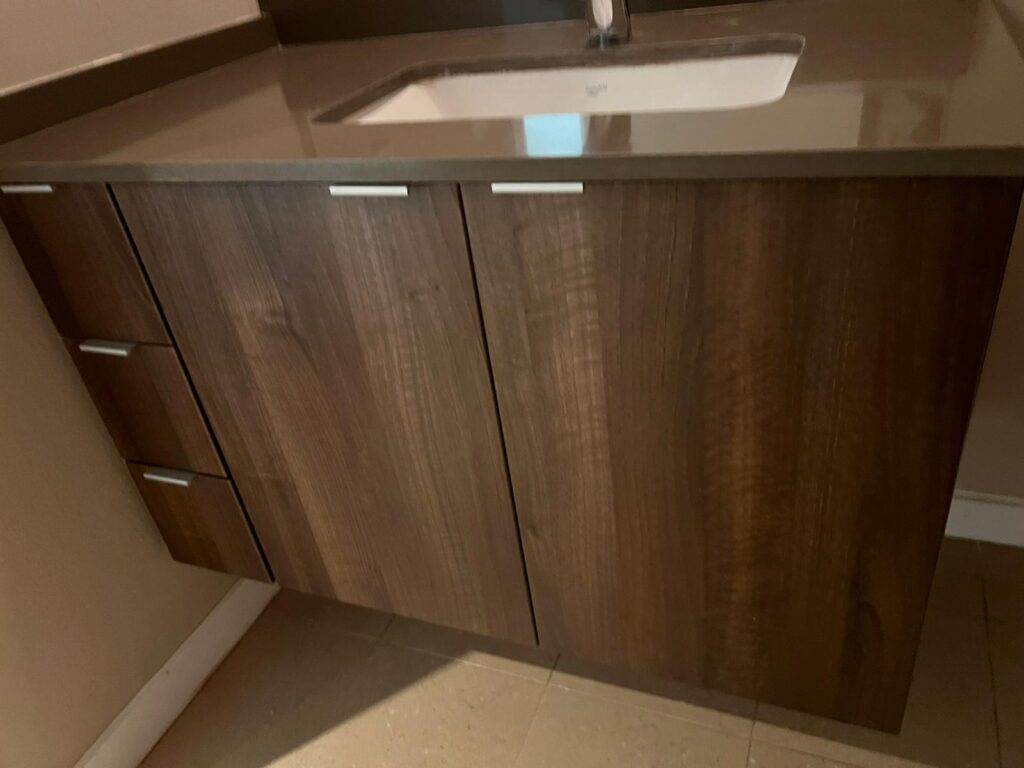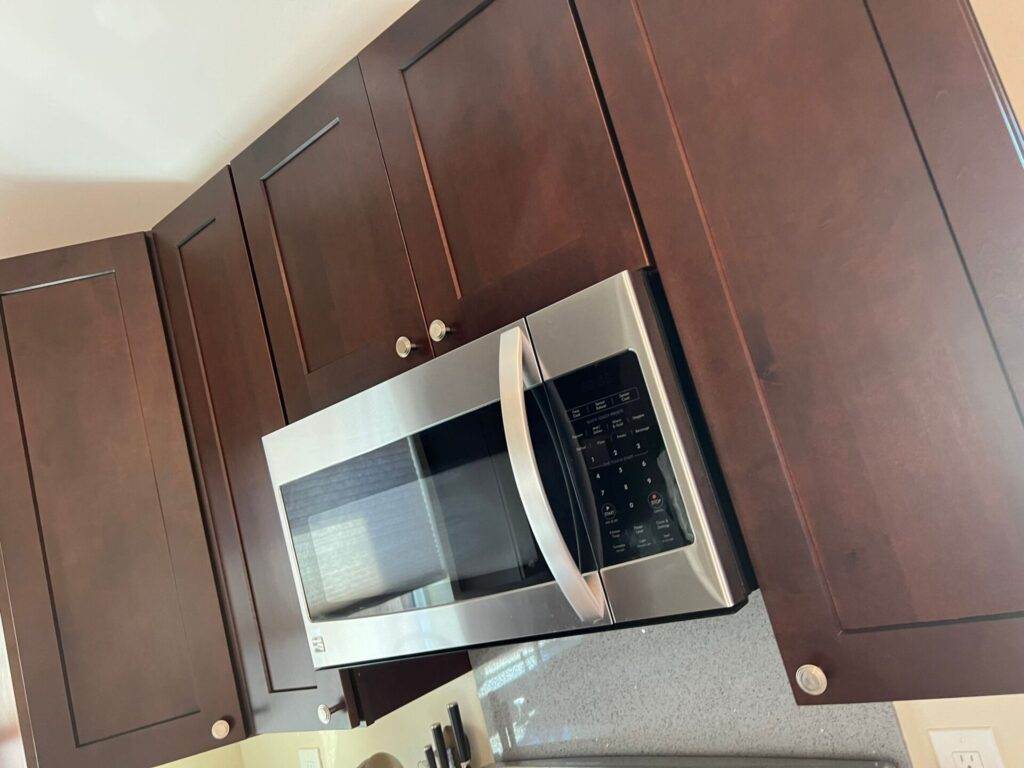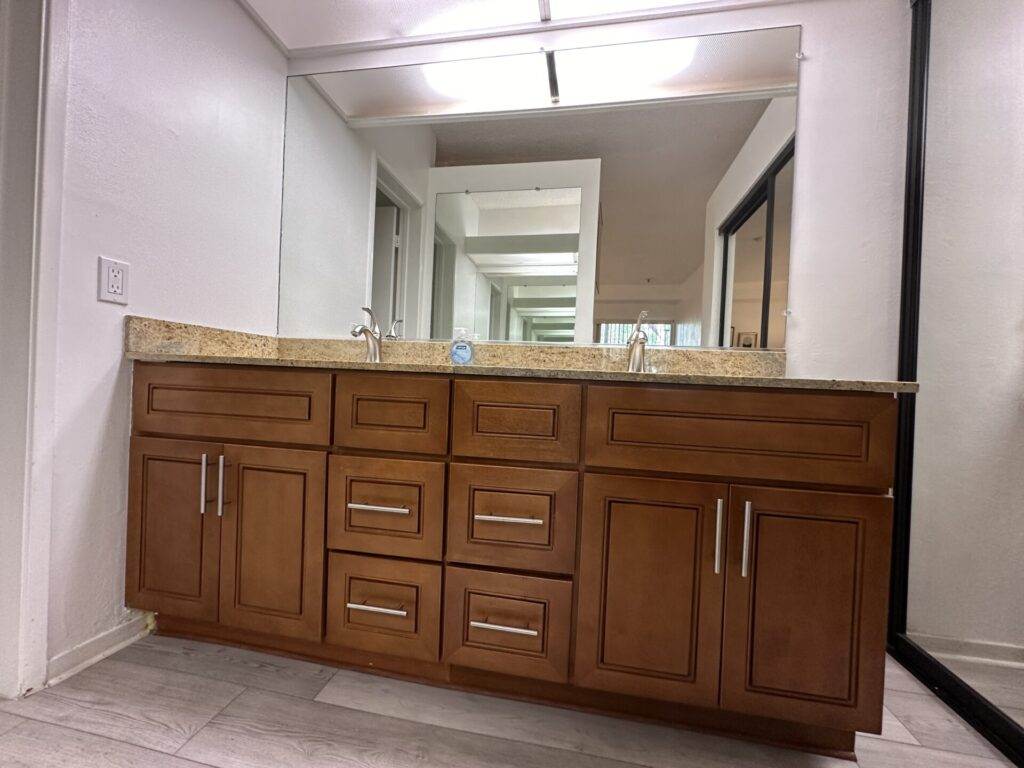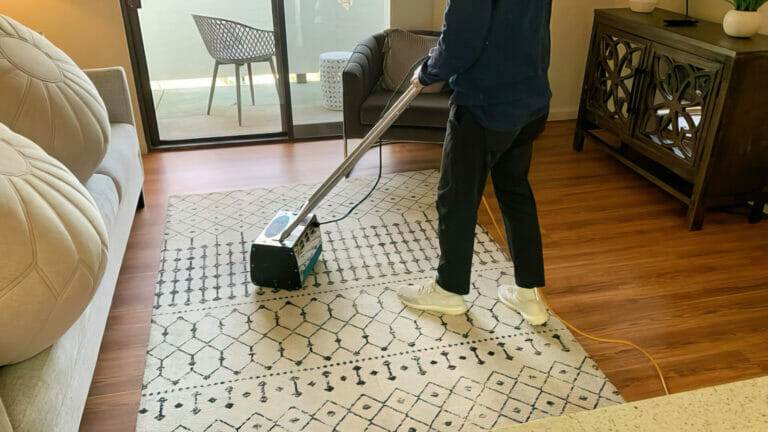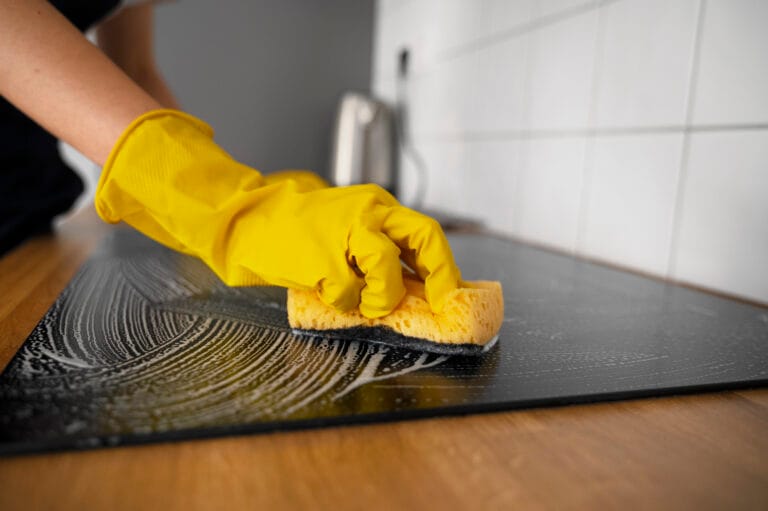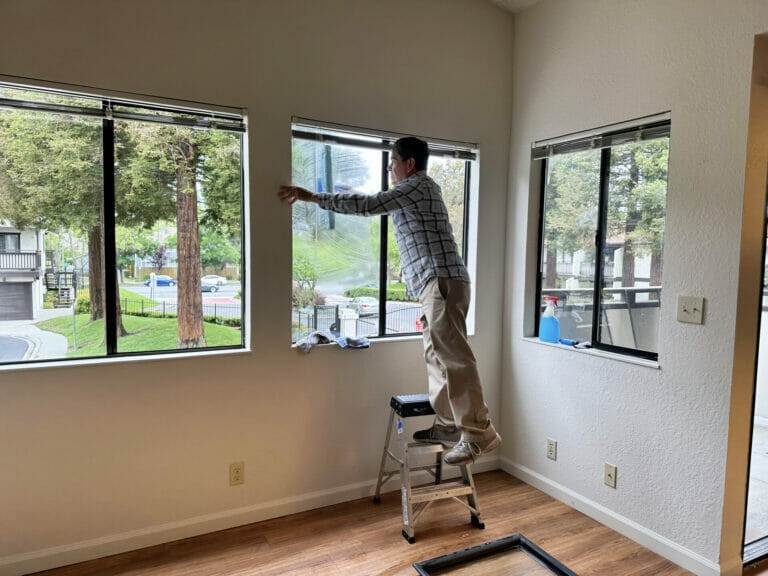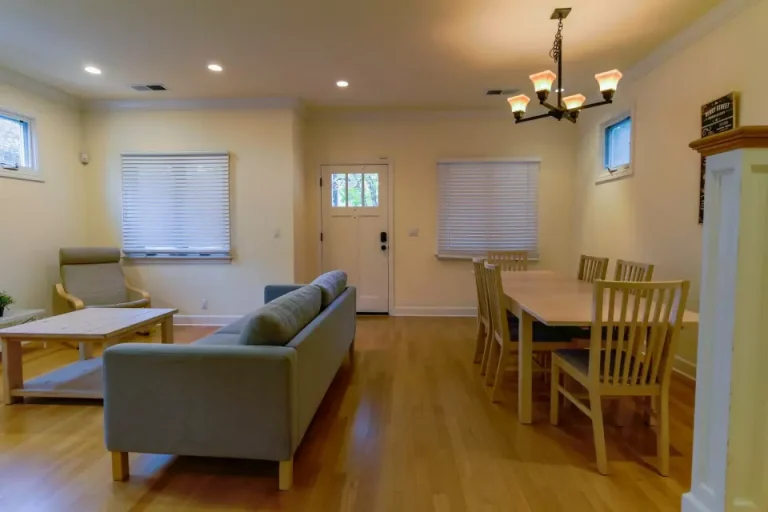The Importance of Preventing Water Damage to Kitchen Cabinets
Kitchen cabinets are an essential part of any kitchen, serving as storage for our cookware, dishes, and food. However, they are also vulnerable to damage, particularly from water. Water damage can cause cabinets to warp, swell, or even rot, leading to costly repairs or replacements. As the kitchen is one of the most water-prone areas in a home, it is crucial to explore sustainable solutions for preventing water damage to kitchen cabinets.
Understanding the Causes of Water Damage
Before delving into solutions, it is essential to understand the primary causes of water damage in kitchen cabinets. By identifying these causes, homeowners can take proactive measures to minimize the risk of damage.
1. Plumbing Leaks: Faulty plumbing connections or damaged pipes can cause leaks that lead to water damage in cabinets.
2. Moisture and Humidity: Excessive moisture and high humidity levels in the kitchen can contribute to cabinet damage over time.
3. Spills and Splashes: Accidental spills and splashes during cooking or cleaning can seep into the cabinets and cause damage if not promptly cleaned up.
Sustainable Solutions for Preventing Water Damage
Luckily, there are several sustainable solutions that homeowners can adopt to prevent water damage to their kitchen cabinets. These solutions focus on both proactive measures and regular maintenance to ensure the longevity of cabinets.
1. Quality Cabinet Materials
Investing in high-quality cabinet materials is the first step in preventing water damage. Opt for cabinets made from durable materials such as solid wood, marine-grade plywood, or medium-density fiberboard (MDF) with moisture-resistant finishes. These materials are less susceptible to water damage and provide better overall protection.
2. Proper Sealing and Finishing
Sealing and finishing cabinets correctly is crucial to prevent water damage. Apply a water-resistant sealant to all exposed edges and surfaces, including the underside of the cabinets. This protective layer creates a barrier against moisture, preventing it from seeping into the cabinet structure.
3. Regular Maintenance
Maintaining kitchen cabinets regularly is essential for their longevity. Here are some sustainable maintenance practices:
- Regularly inspect the plumbing connections beneath the sink for leaks and repair them promptly.
- Wipe up any spills or splashes on cabinets immediately to prevent moisture penetration.
- Ensure proper ventilation in the kitchen to minimize humidity levels.
- Periodically check and reapply the protective sealant to maintain its effectiveness.
- Avoid using harsh chemical cleaners that can damage the cabinet finish and compromise their resistance to water.
4. Under-Cabinet Leak Detection Systems
Installing under-cabinet leak detection systems can provide an extra layer of protection against water damage. These systems use sensors to detect any water leaks or excessive moisture and immediately alert homeowners. By detecting leaks early, proactive measures can be taken to address them before significant damage occurs.
5. Drip Trays and Mats
Using drip trays or mats beneath sinks can help collect any water or moisture that could potentially damage the cabinets. These trays can be easily removed, cleaned, and replaced. They are an effective and sustainable solution to prevent water damage from plumbing leaks or spills.
6. Regular Inspections
Regularly inspecting cabinets for signs of water damage is crucial. Look for any discoloration, warping, or swelling, as these are indications of water infiltration. Catching the signs early can prevent further damage and the need for extensive repairs or replacements.
Benefits of Sustainable Water Damage Prevention
Implementing sustainable solutions for preventing water damage to kitchen cabinets offers several benefits:
- Cost Savings: By taking proactive measures, homeowners can avoid costly repairs or premature cabinet replacements.
- Environmental Impact: Through sustainable solutions, homeowners contribute to a greener environment by reducing wastage of materials and resources.
- Improved Kitchen Aesthetics: Well-maintained cabinets enhance the overall appearance of the kitchen, making it more visually appealing.
- Enhanced Longevity: By preventing water damage, cabinets can serve their purpose for a longer time, reducing the need for frequent replacements.
Conclusion
Preventing water damage to kitchen cabinets is essential for maintaining the functionality and aesthetics of any kitchen. By investing in quality materials, proper sealing and finishing, regular maintenance, using leak detection systems and drip trays, and conducting regular inspections, homeowners can achieve sustainable solutions for preventing water damage. Taking these measures not only ensures the longevity of cabinets but also reduces costs, lessens environmental impact, and enhances the overall kitchen experience.
